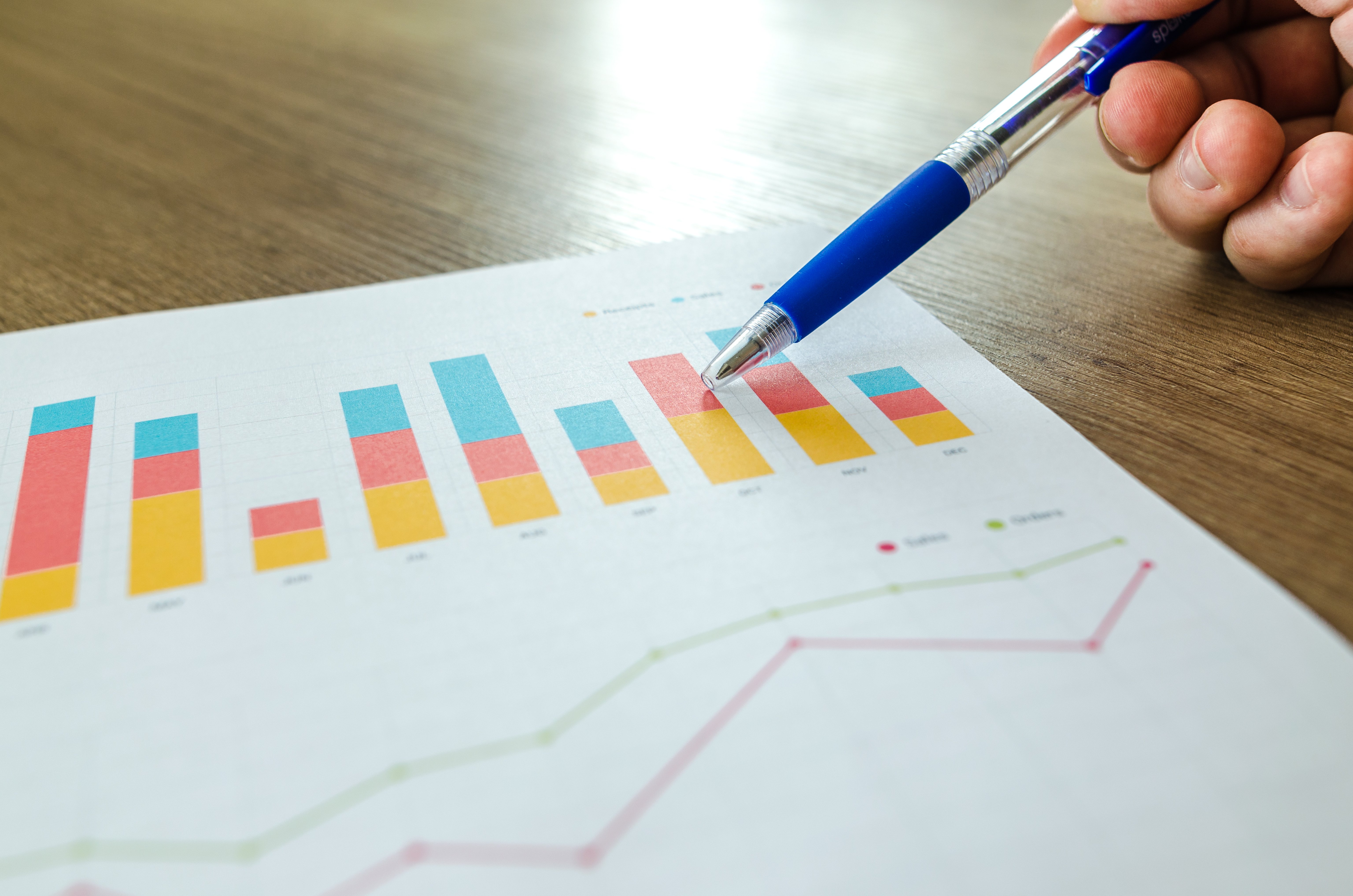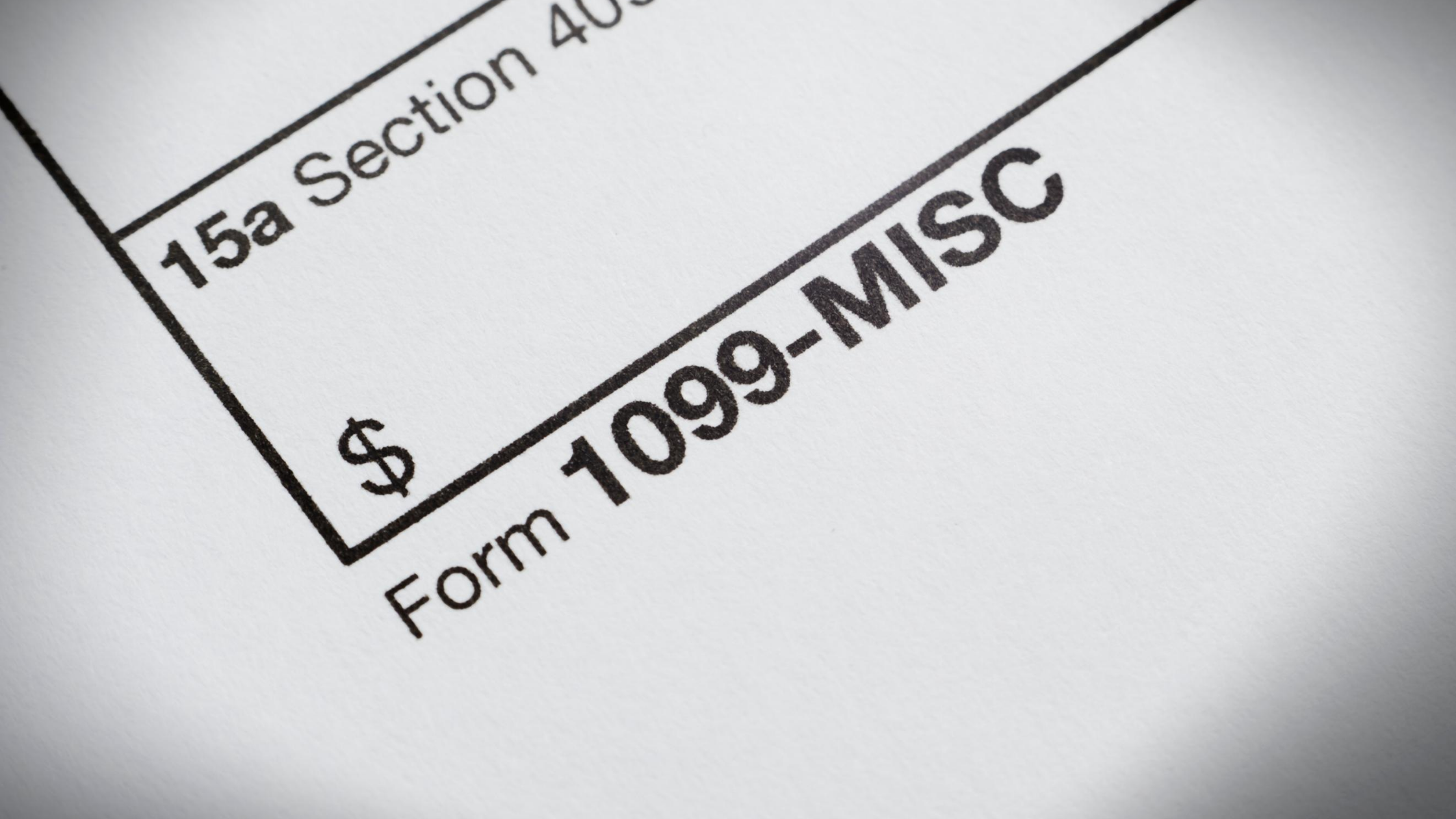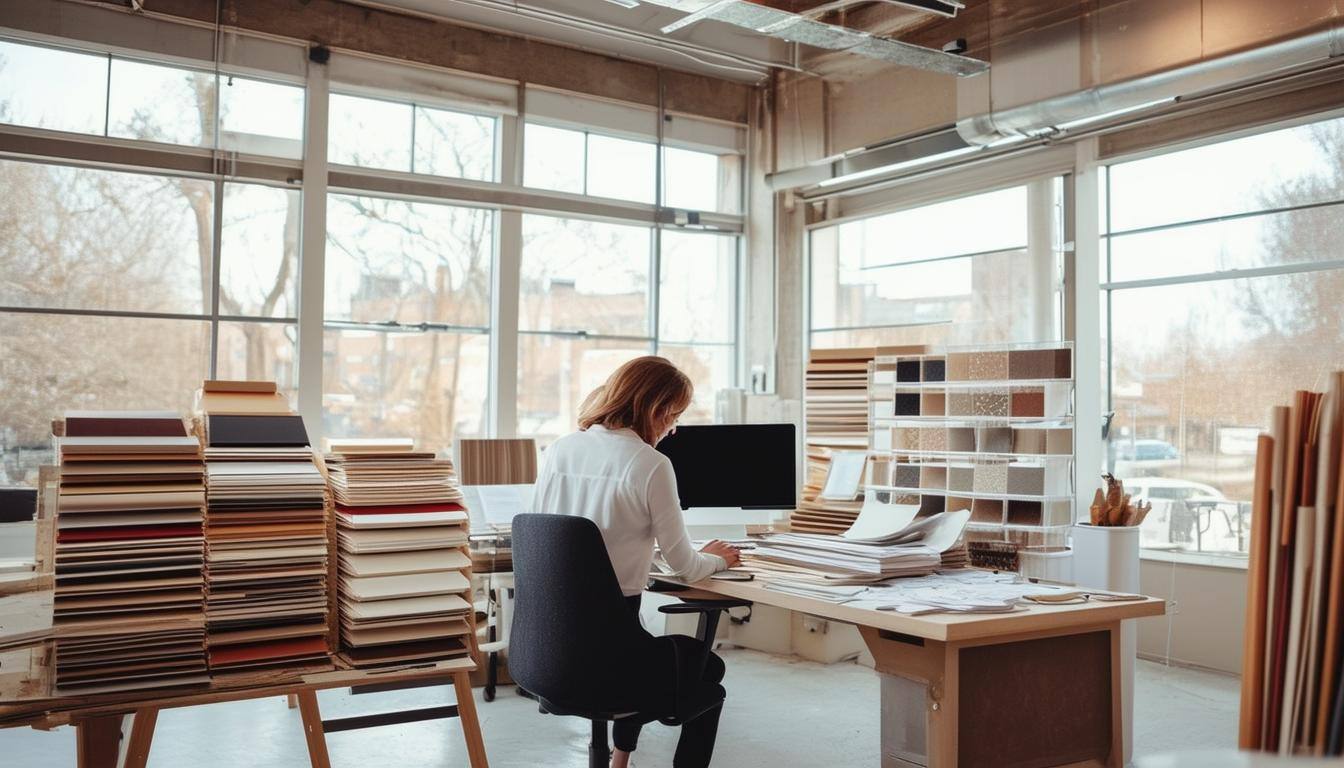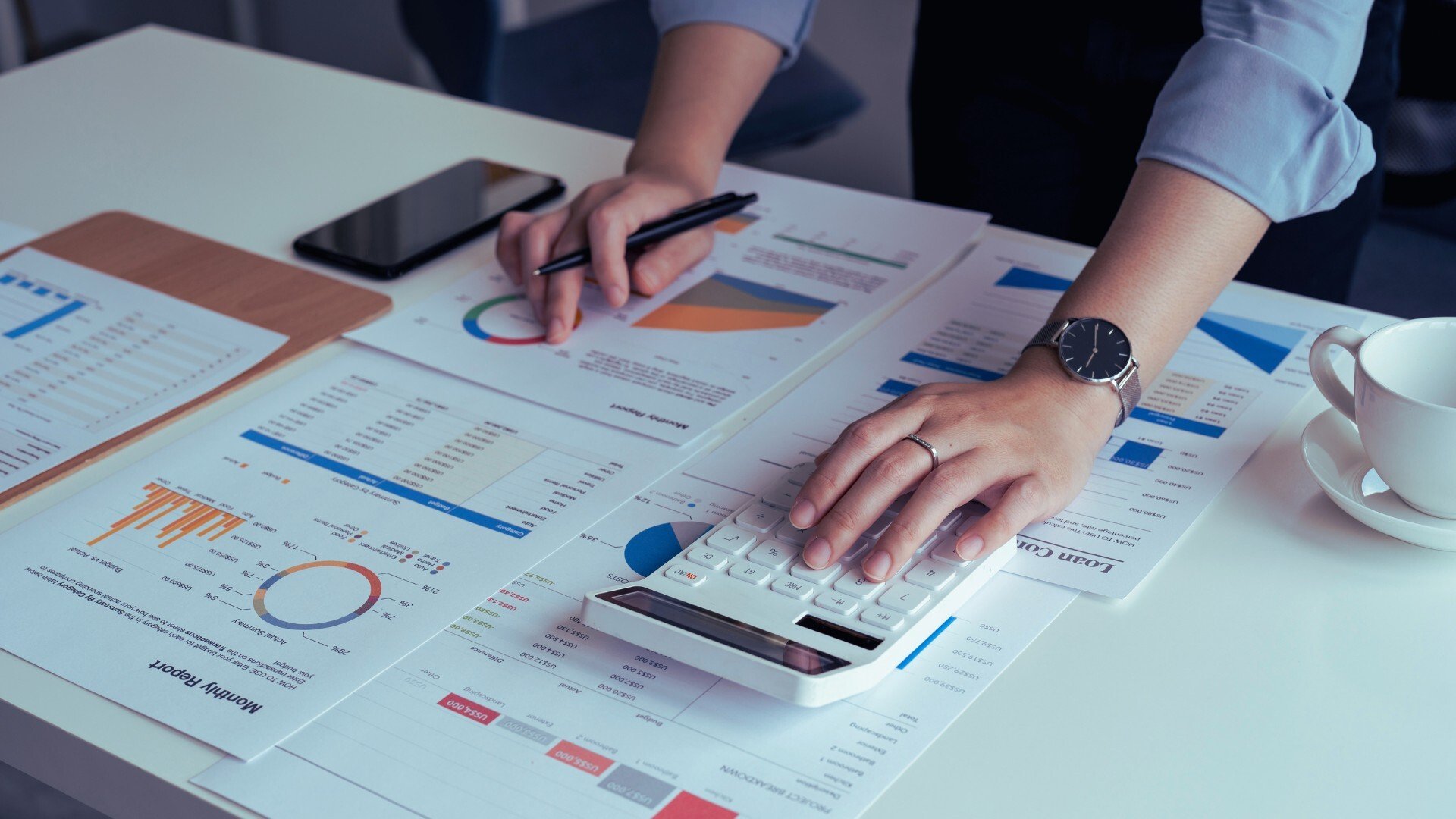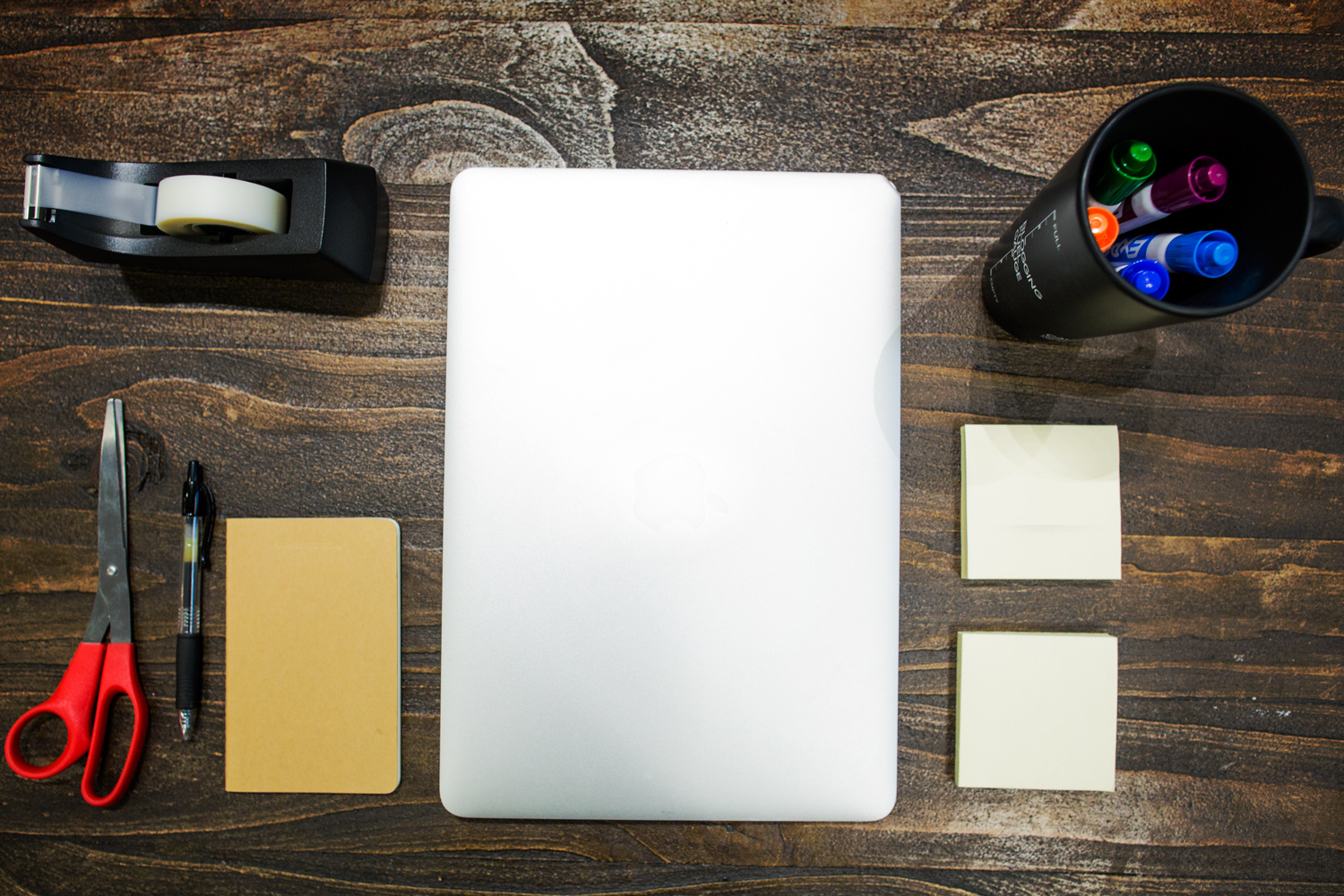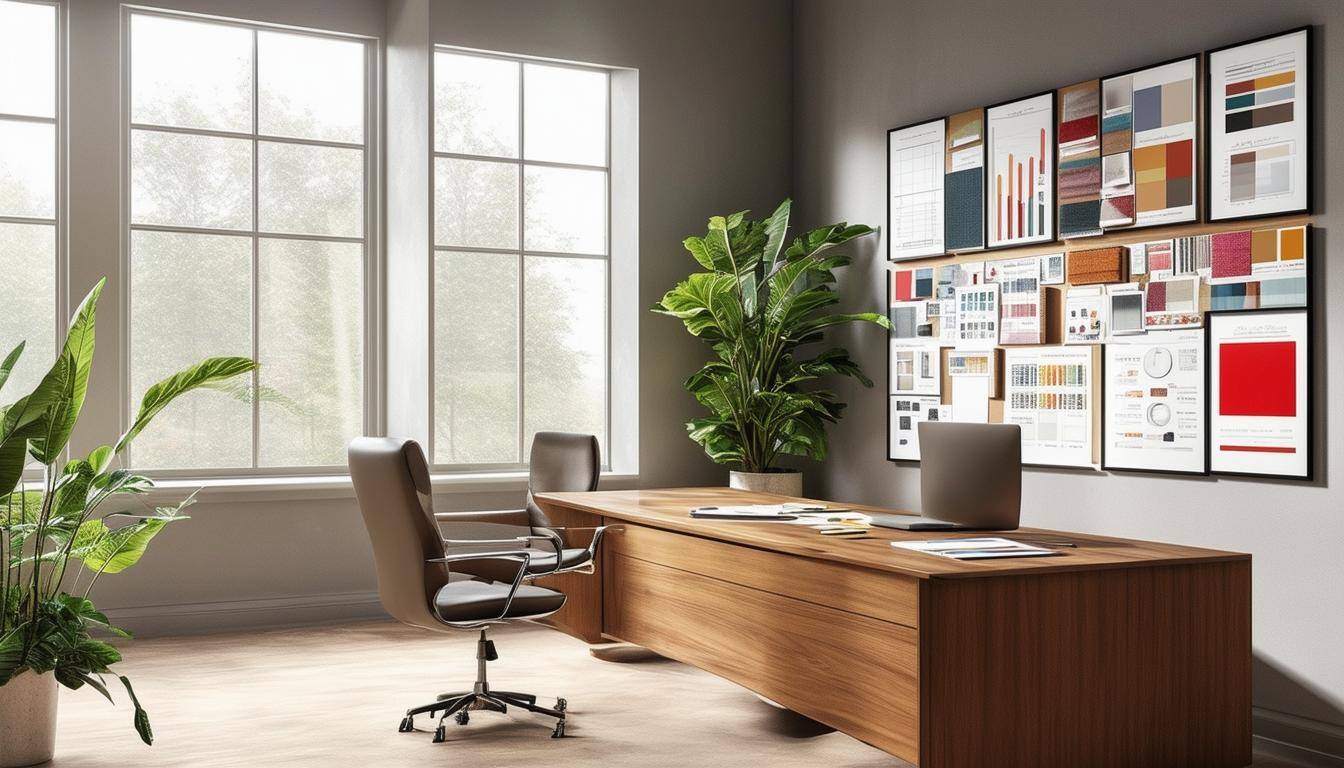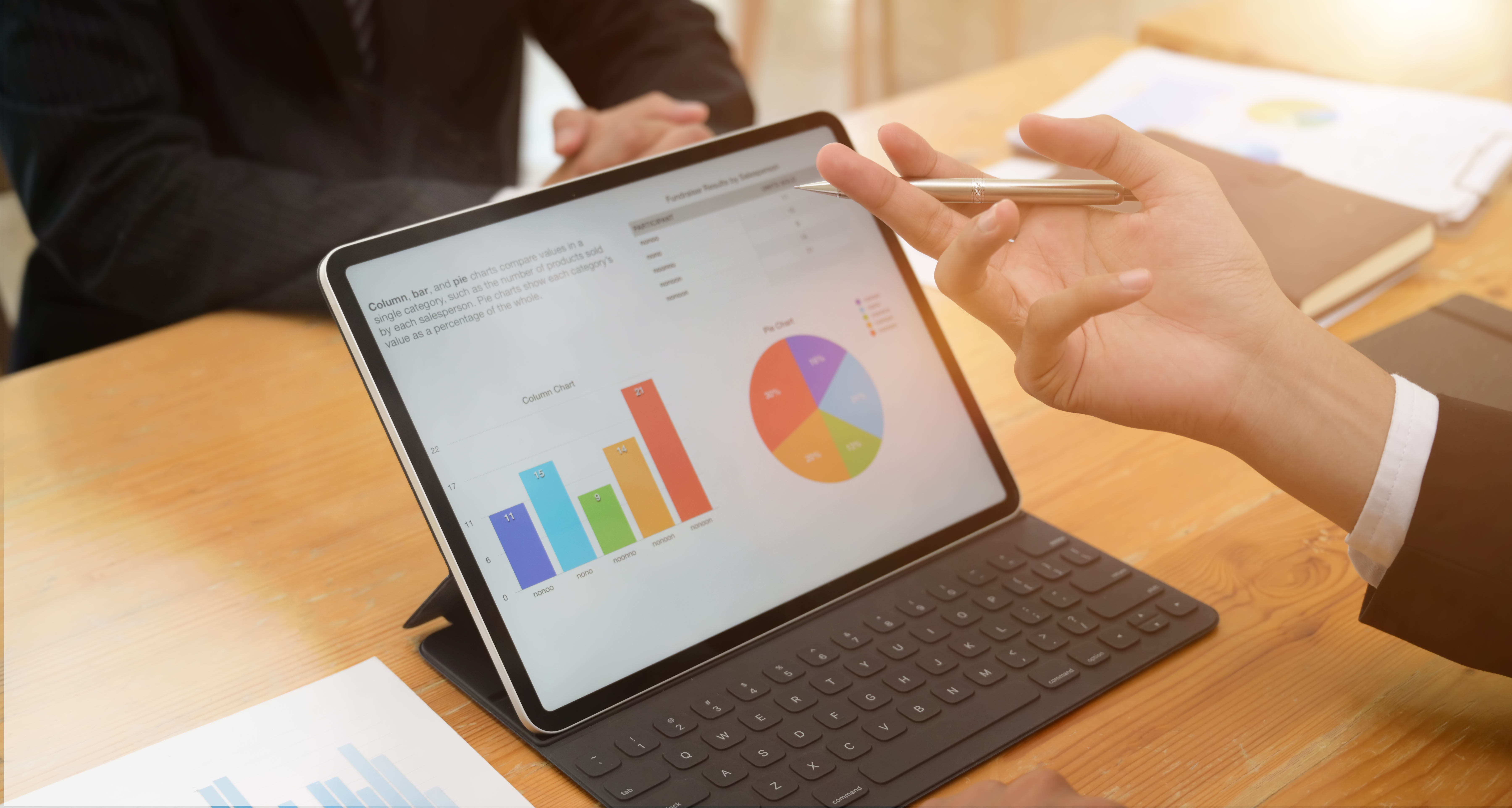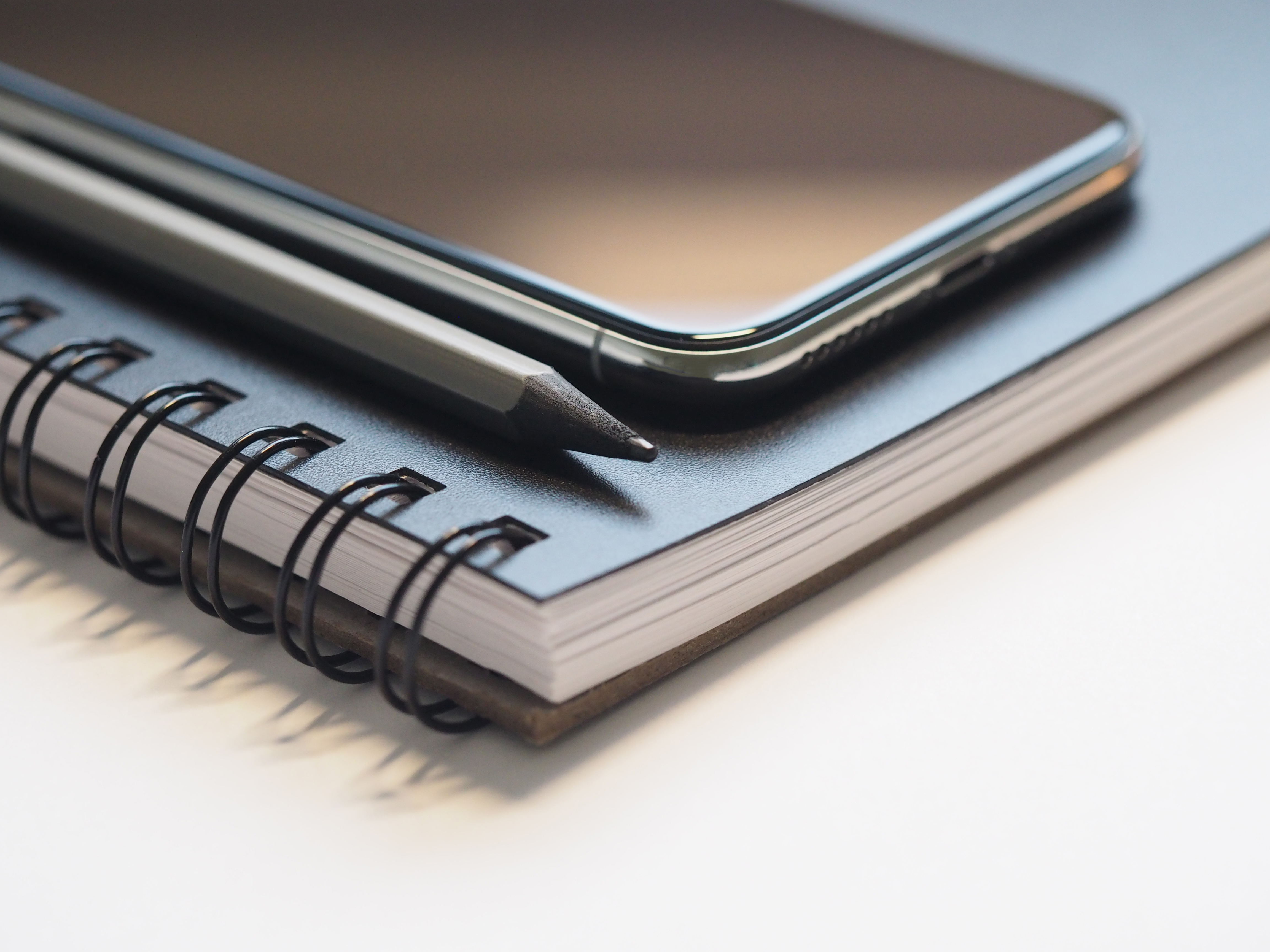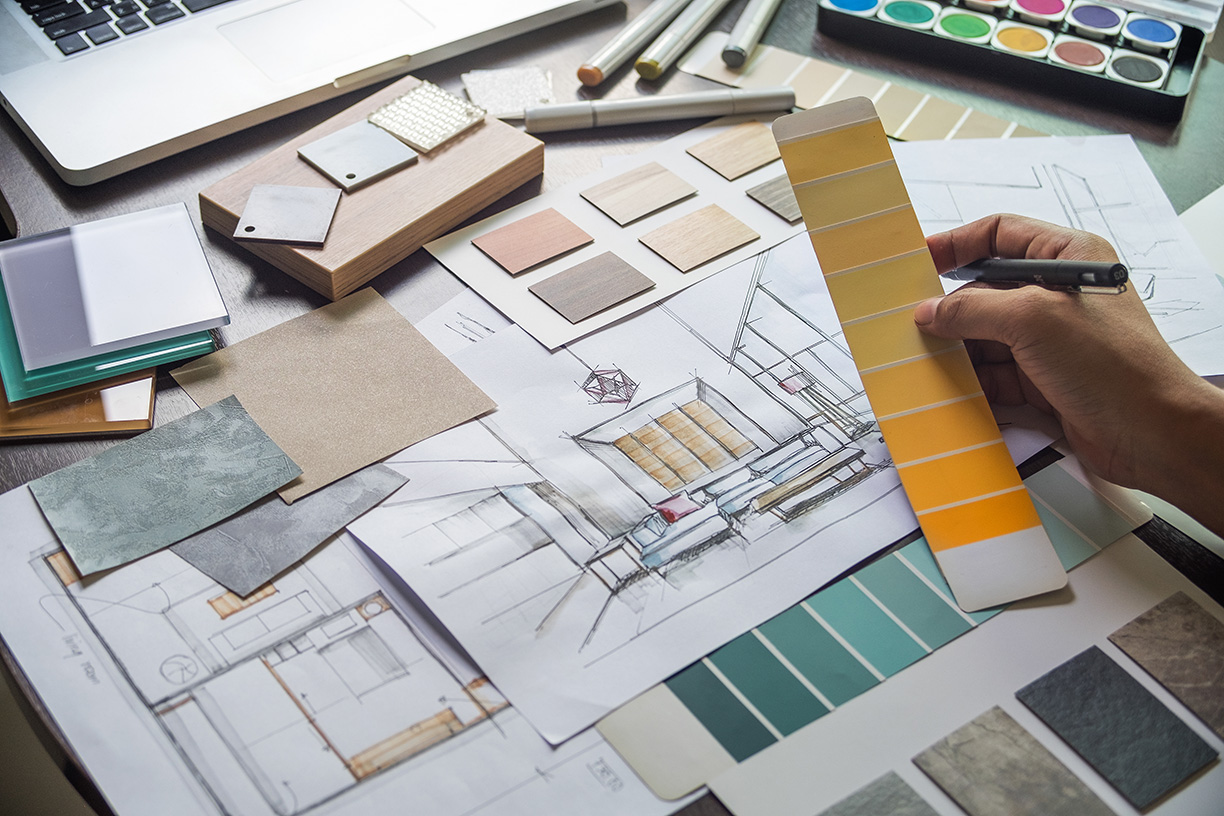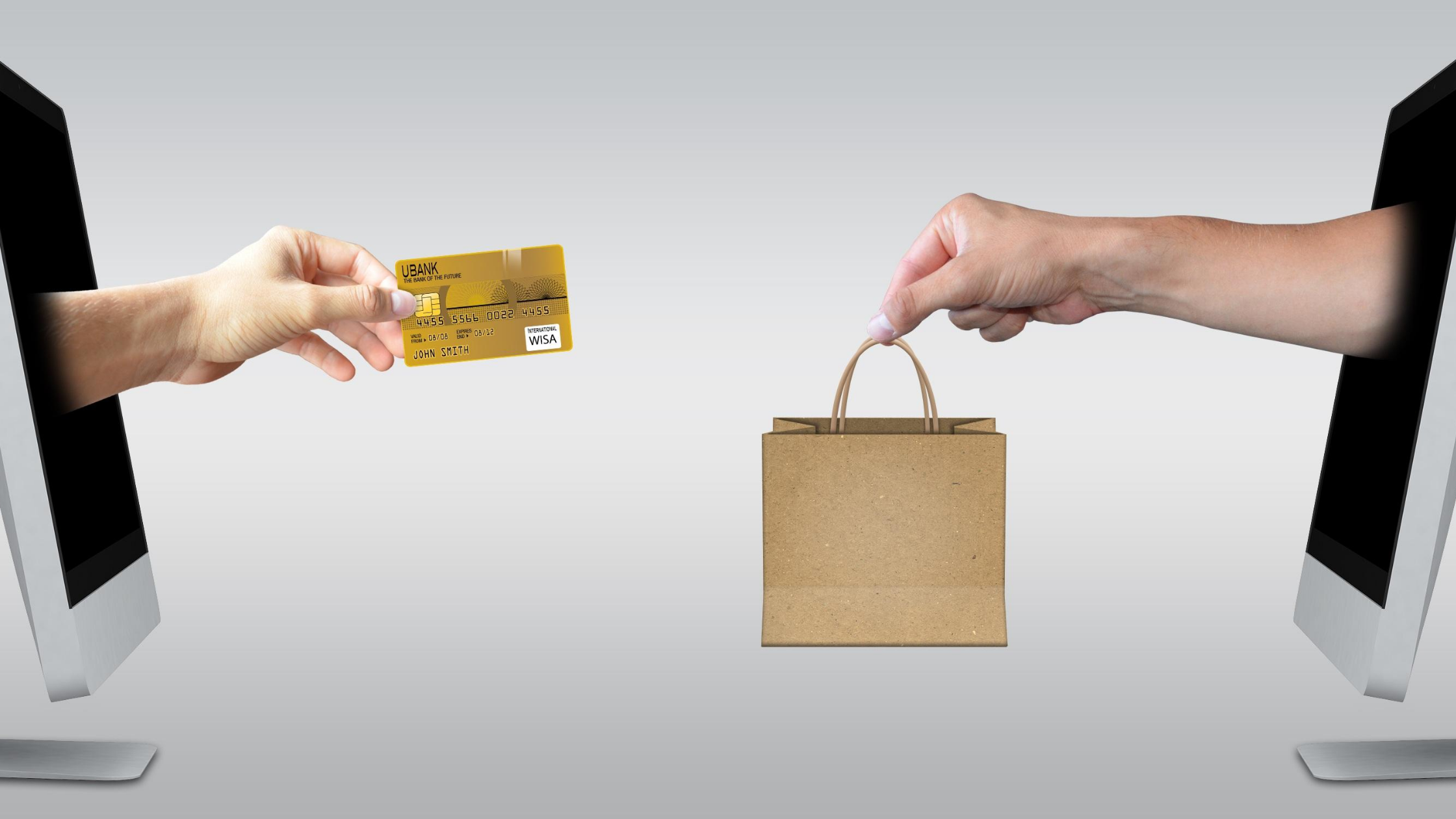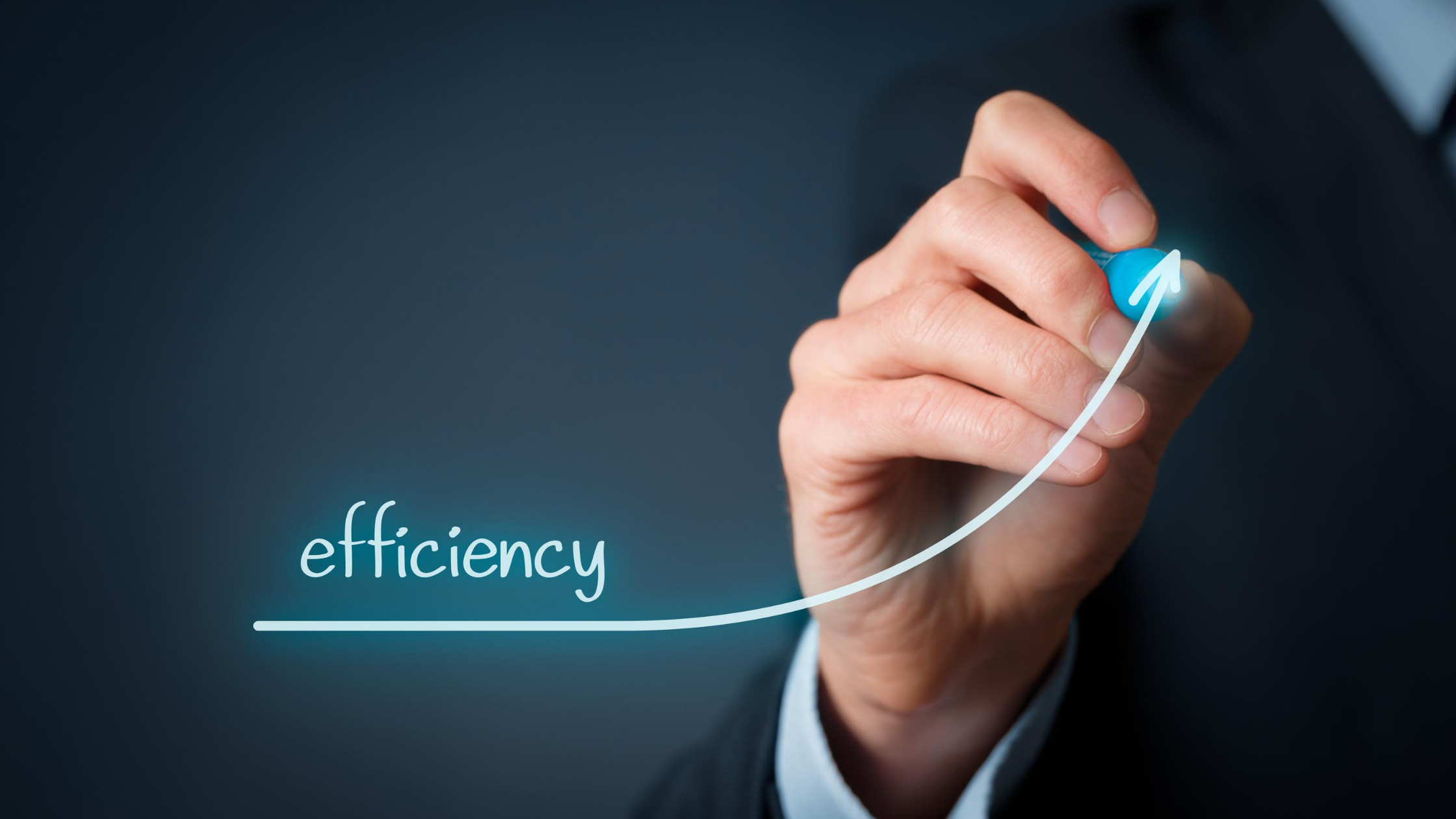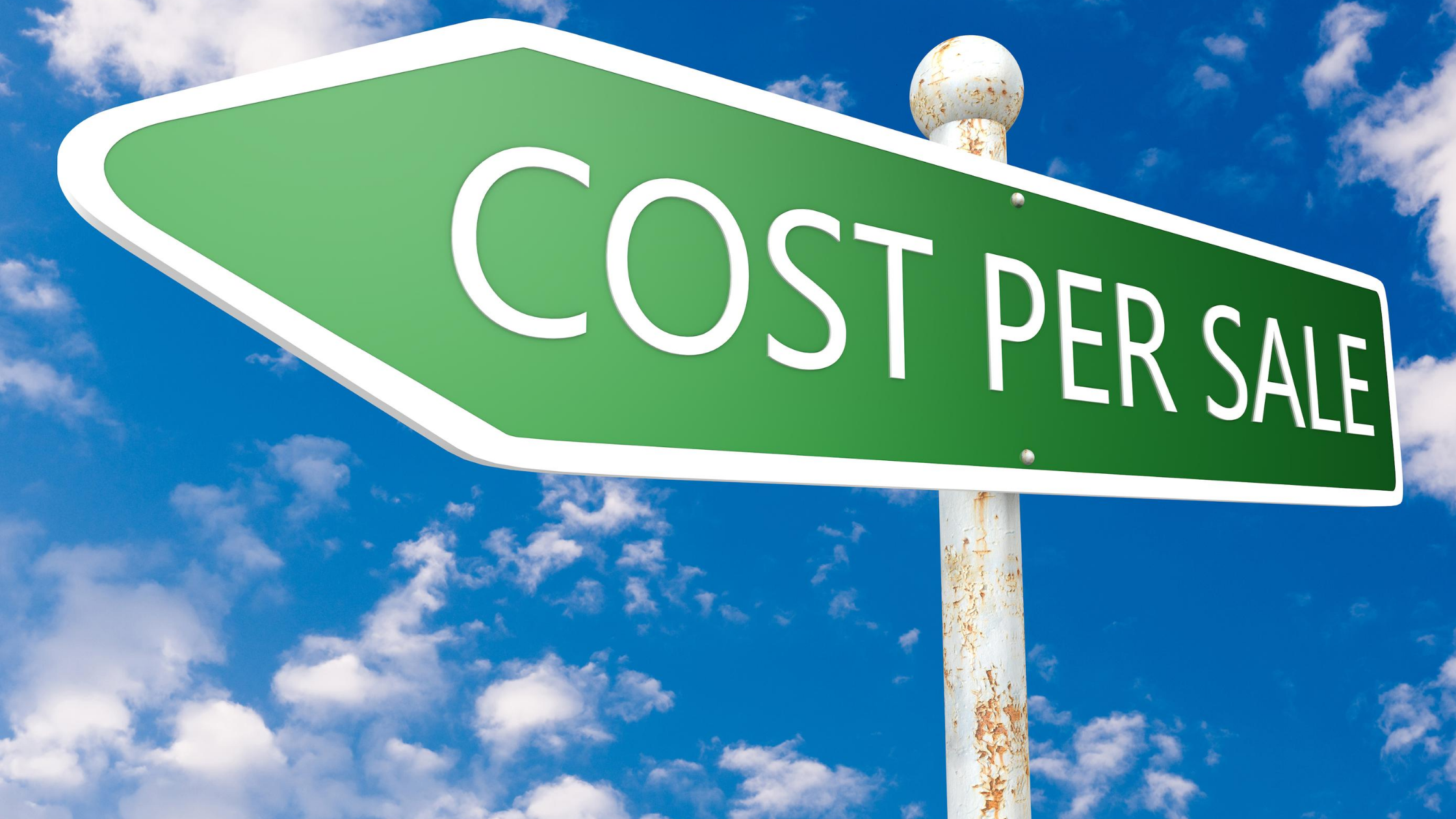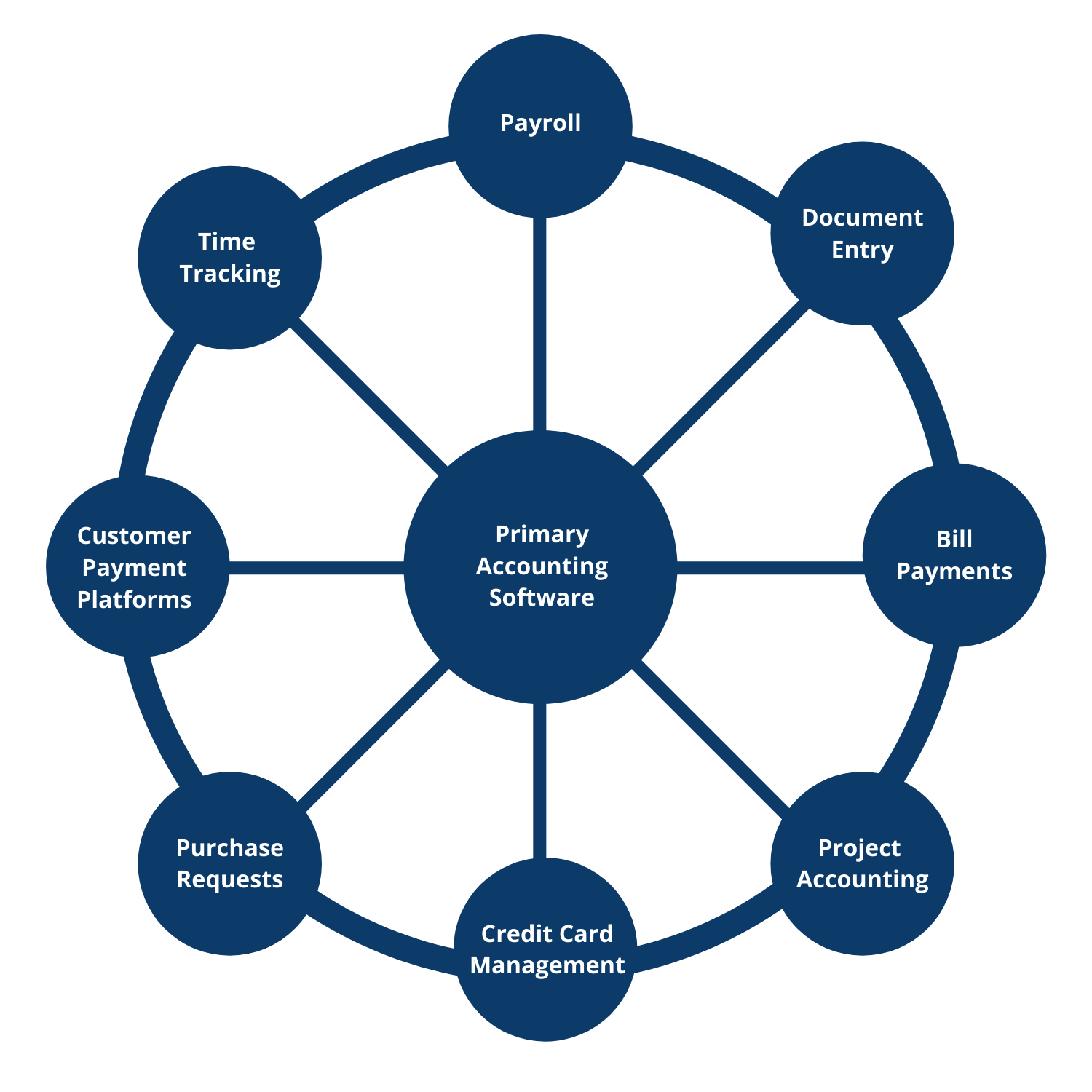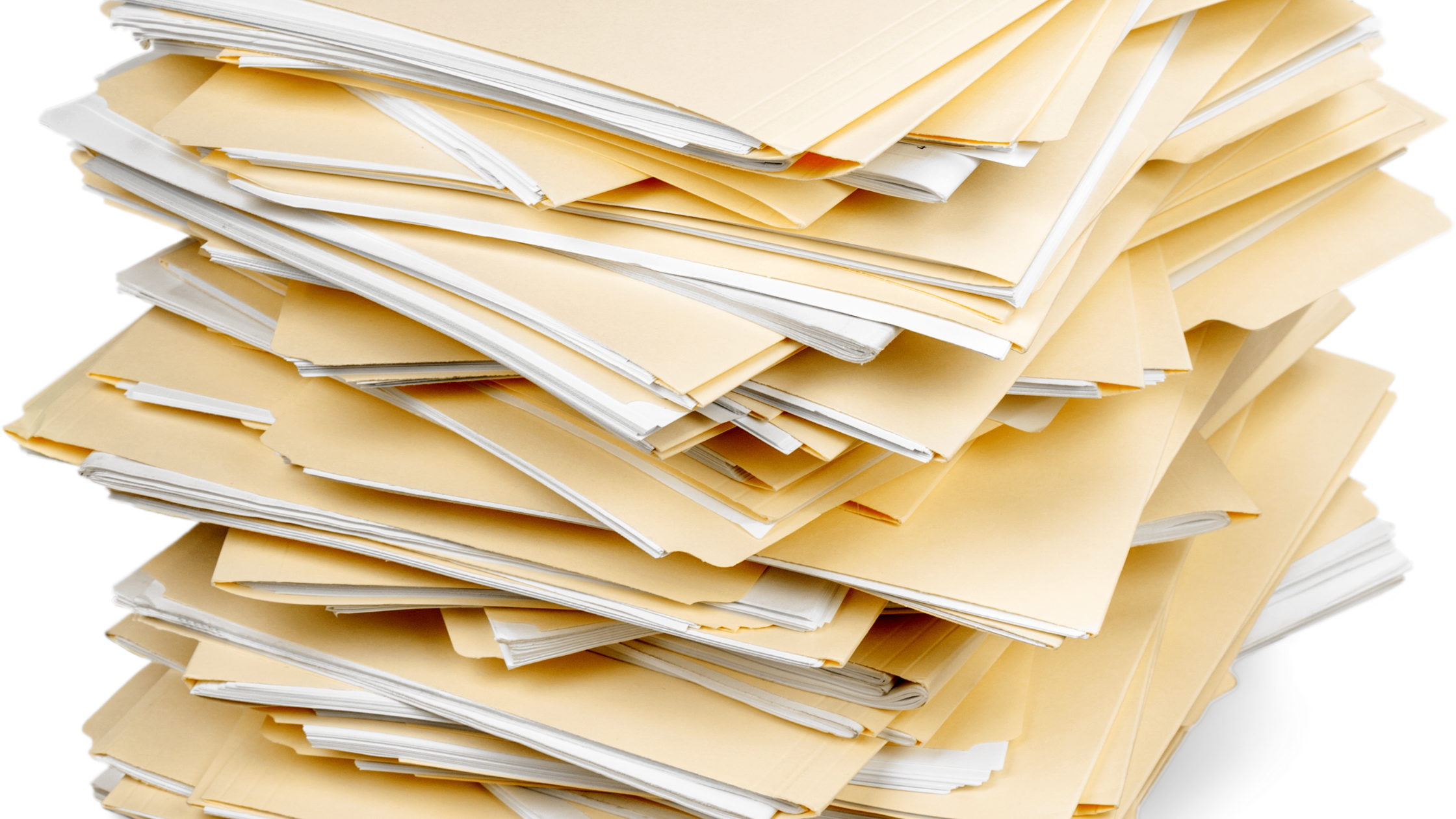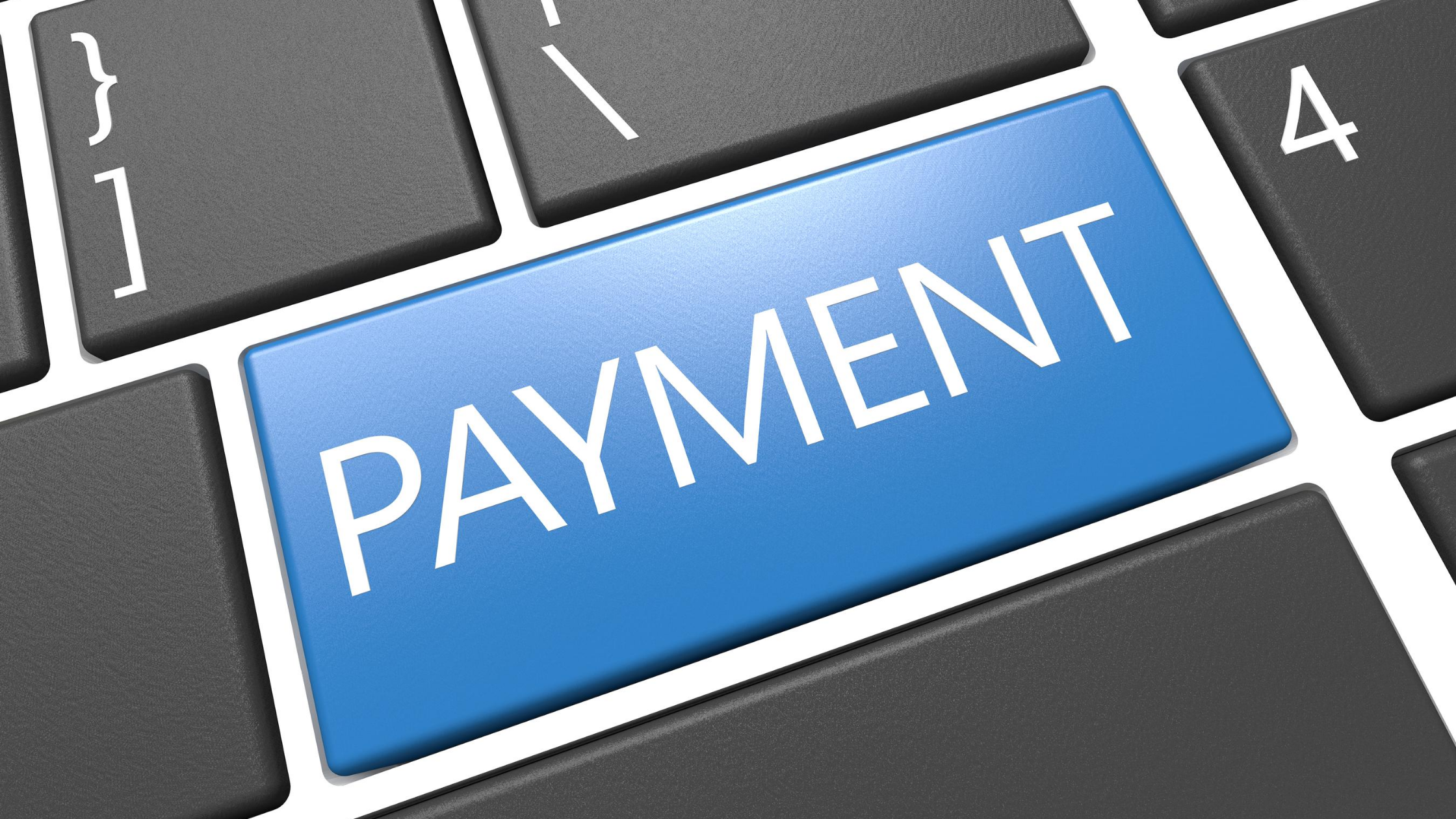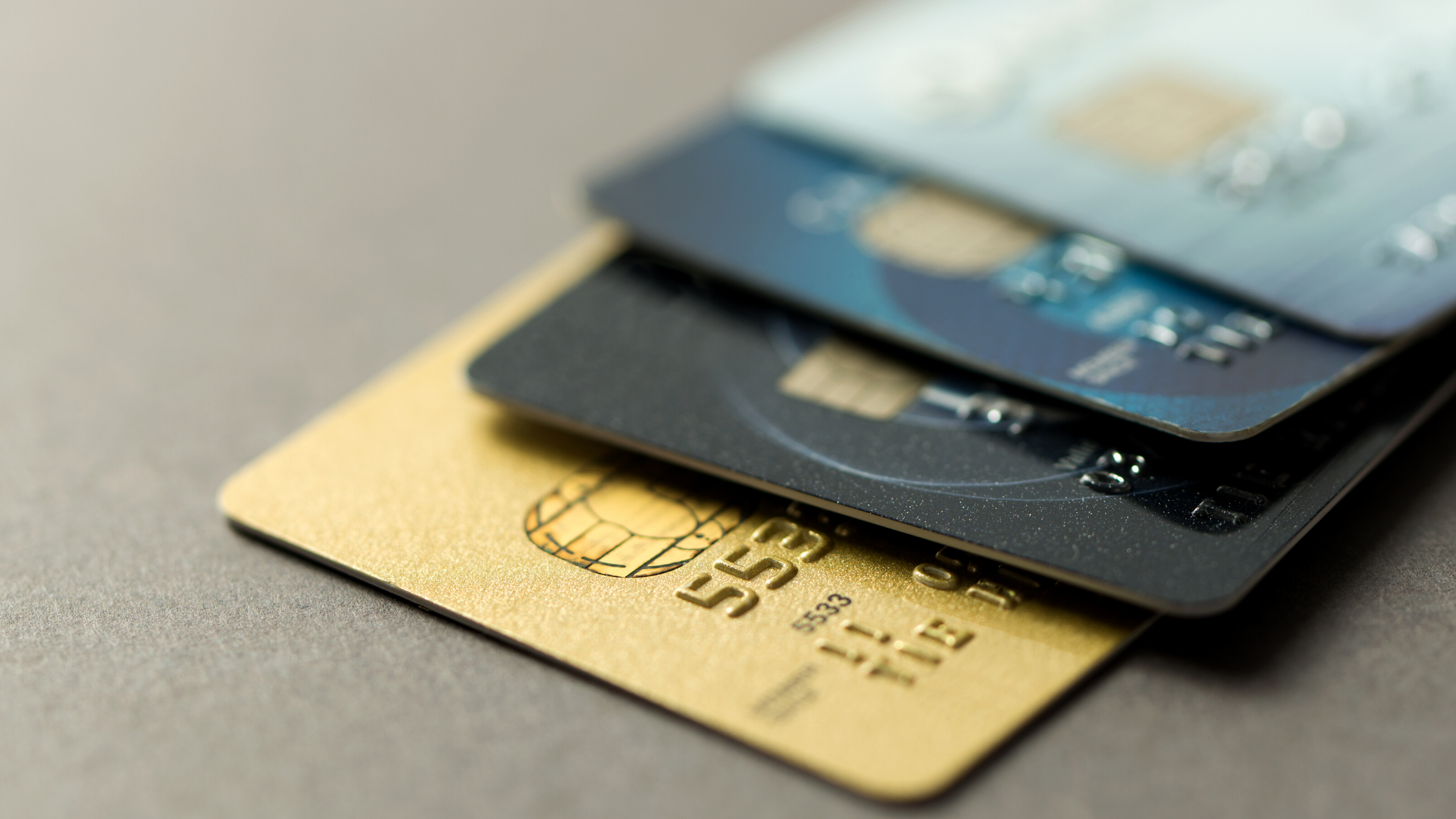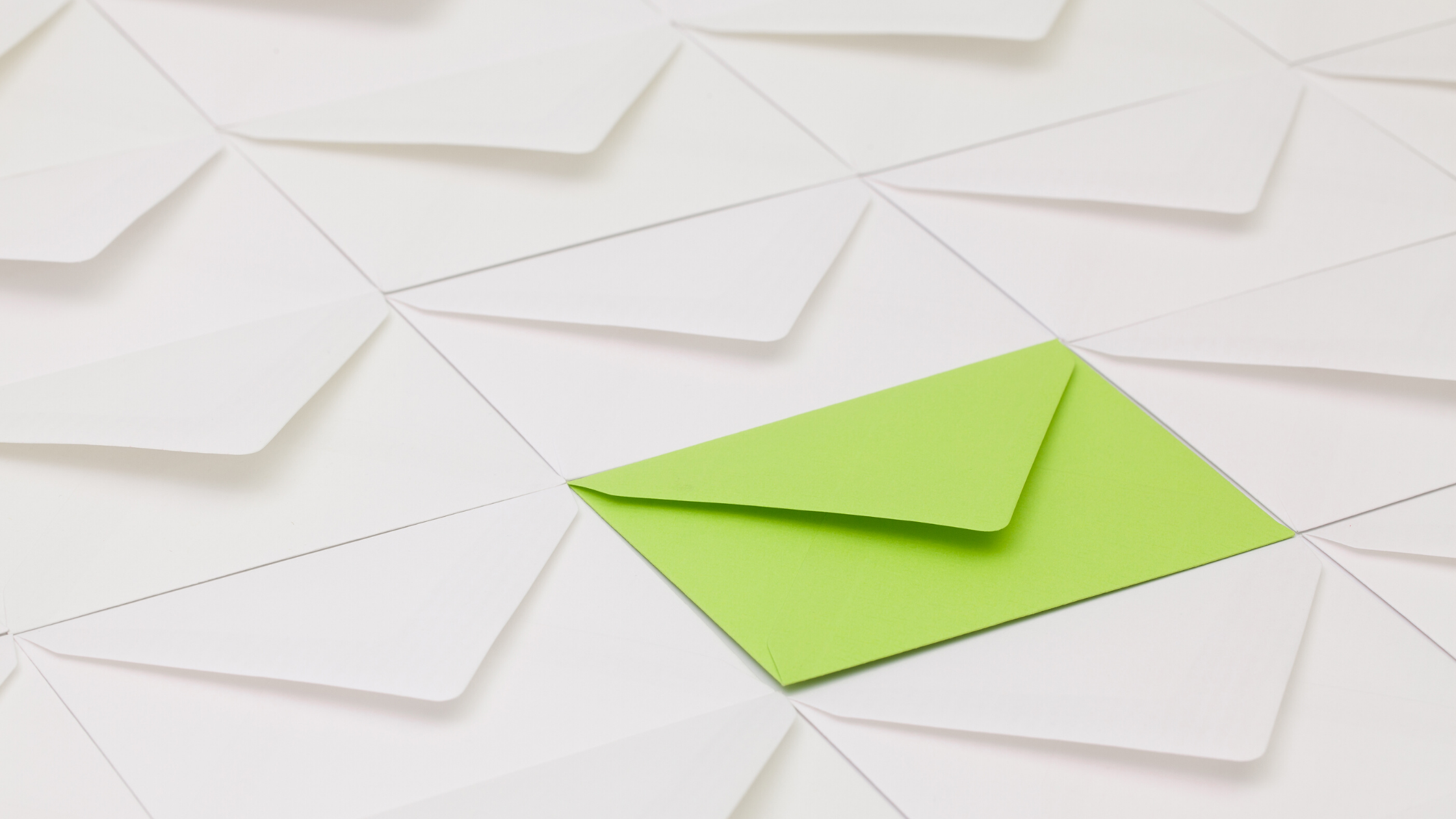Accounting at its core is based on historical data. Transaction entry for most small businesses is at most caught up through the prior week, but it is never forward-looking. It is vital to review the trends shown by your historical data and review key metrics that pertain to your industry. See this article for our Top 5 KPIs for the interior design industry.
However, historical data only shows one-half of the picture. This kind of analysis, while important, doesn't take into account what might change in the future with sales or future fixed costs. Some people may use budgets to help estimate this, but often those are not updated regularly. A more active approach is needed if you are in a business that can have wild swings in cash, like interior designers.
Interior designers tend to have more sporadic cash flow that follows the cycle of their jobs. A typical project may last for 6-12 months and the cash on that job is typically frontloaded, meaning most of the cash comes in at the beginning. Once the furniture is selected the client typically pays in full for that furniture, but the designer may not be fully paying for that furniture for months down the road. It takes careful planning to ensure that the cash for that job remains in the account for when it is needed. Given that the average designer can have anywhere from 10-20 projects, this can get complicated quickly! If multiple jobs wrap up at the same time before new jobs start, there could be a gap in cash flow for a few months.
One way to help plan for this unknown is to review a cash flow forecast periodically. In today's blog post, we will review some key elements of a good cash flow forecast for an interior designer.
What is a CASH flow forecast?
A cash flow forecast is a report that summarizes projected future cash inflows and outflows for a specified period. For most smaller companies, a 3-6 month future view is sufficient and should allow you adequate time to plan. You may not know beyond 3 or 6 months what your expected cash inflows are, so it's best to focus on the time you can control. Beyond that, it's your job to continue 0filling the pipeline with future jobs.
What information do I need to complete a Cash flow forecast?
Cash Outflows
1. Monthly Fixed costs
Monthly fixed costs are items you pay every month regardless of whether or not you make sales. These are non-customer-related costs.
You should be able to pull this from your P&L. It will include all monthly costs like marketing, professional fees, rent, utilities, payroll, office supplies, meals, travel, insurance, software, etc.
2. Non-P&L Items
Non-P&L items are items that do not hit the P&L directly but are still a reduction of cash.
- Monthly Debt Service Payments
- Monthly Owner Draws
- Work In Progress (WIP)
- Sales Tax Payable
- Inventory Purchases
- Fixed Asset Purchases
3. Future Cost of Furniture
Don't forget to factor in the sales tax owed and the cost of the furniture to be sold in the future. If you are going to include the cash coming in for those items, then we also need to factor in the cost of the product.
Cash Inflows
Cash inflows include estimate design fee and furniture deposit cash client by client for the next 3-6 months and uncollected accounts receivable.Other Information
Other helpful information would be if you are anticipating a change in staffing, or if you have Irregular inflows or outflows. For example, maybe you have an annual insurance payment that is coming up.
How do I interpret a cash flow forecast?
A good cash flow forecast should be able to tell you your net cash at the end of each future month. While it is certainly an estimate, the goal is for you to take that information and make decisions today that can change the trajectory of the forecast. If the forecast indicates you will run out of cash in 2 months, that can be alarming, but it's great to know now versus in two months! Some potential action items could include an immediate cut in operating expenses while simultaneously pushing for a client project to start sooner than planned.
Cash is one of the most important aspects of the health of a business. A great business with strong processes could still go out of business without adequate cash planning.
The purpose of the forecast is to help the designer make better decisions today about what is coming so they can stay one step ahead of the game and never run out of cash.

